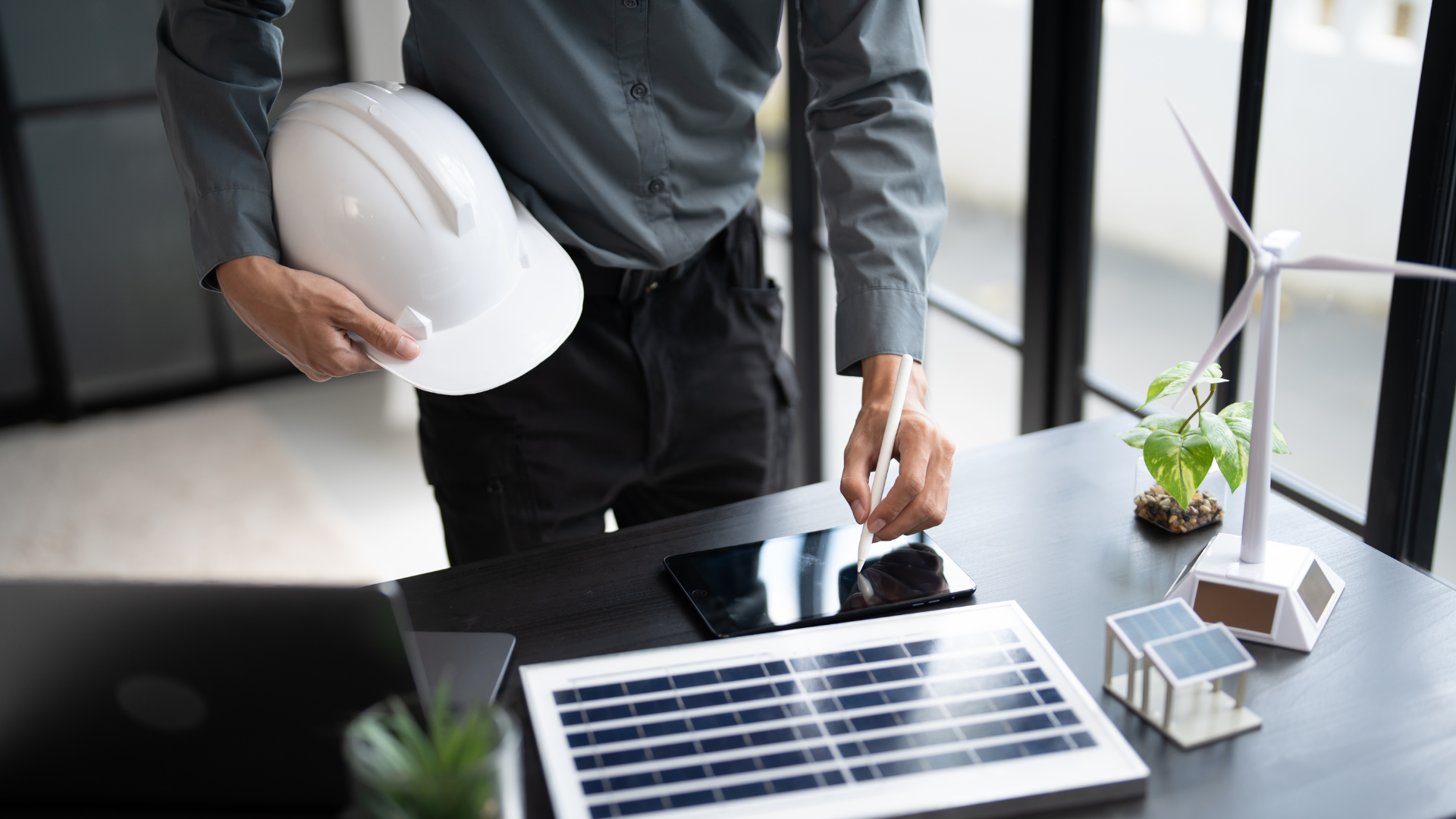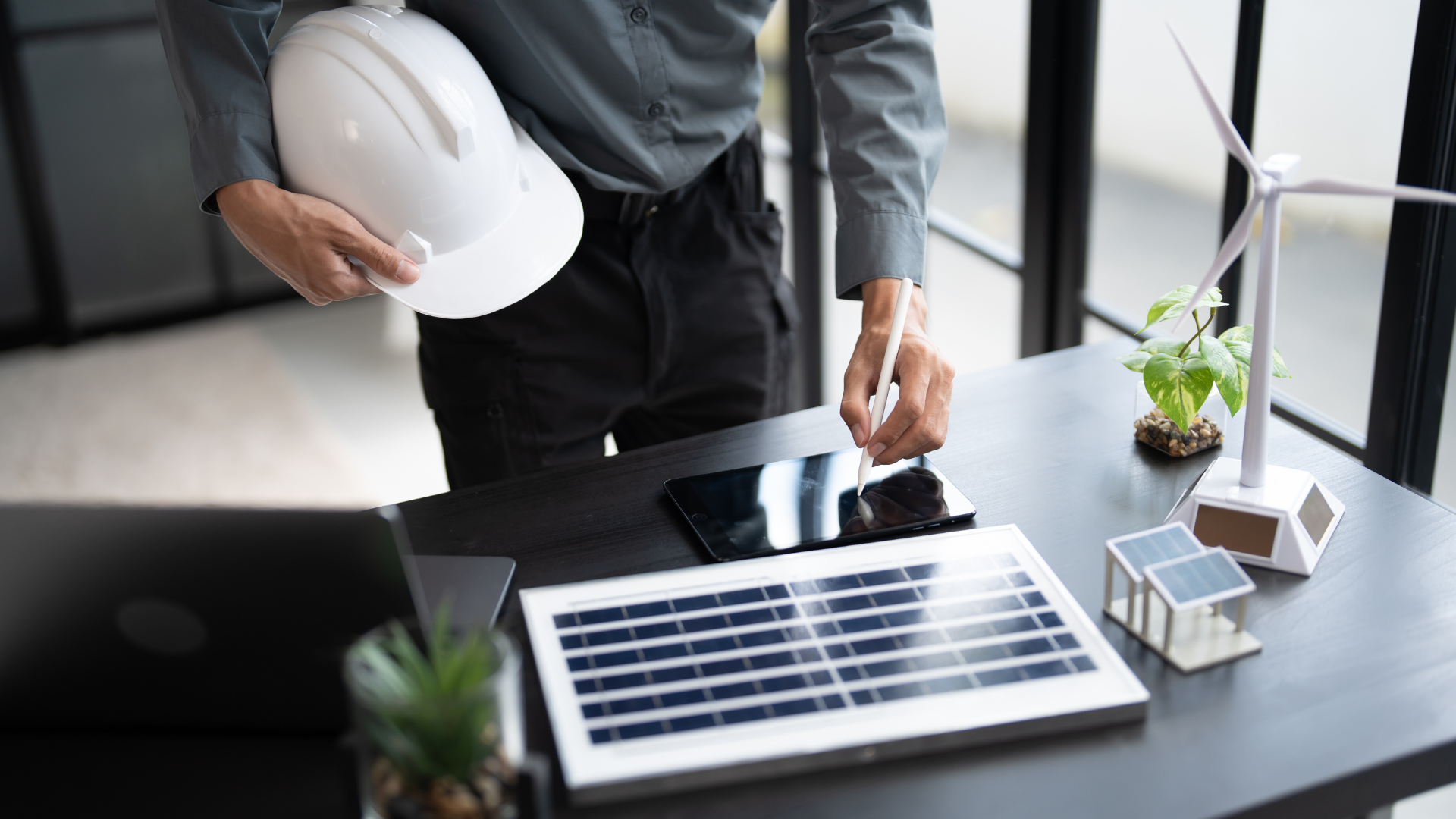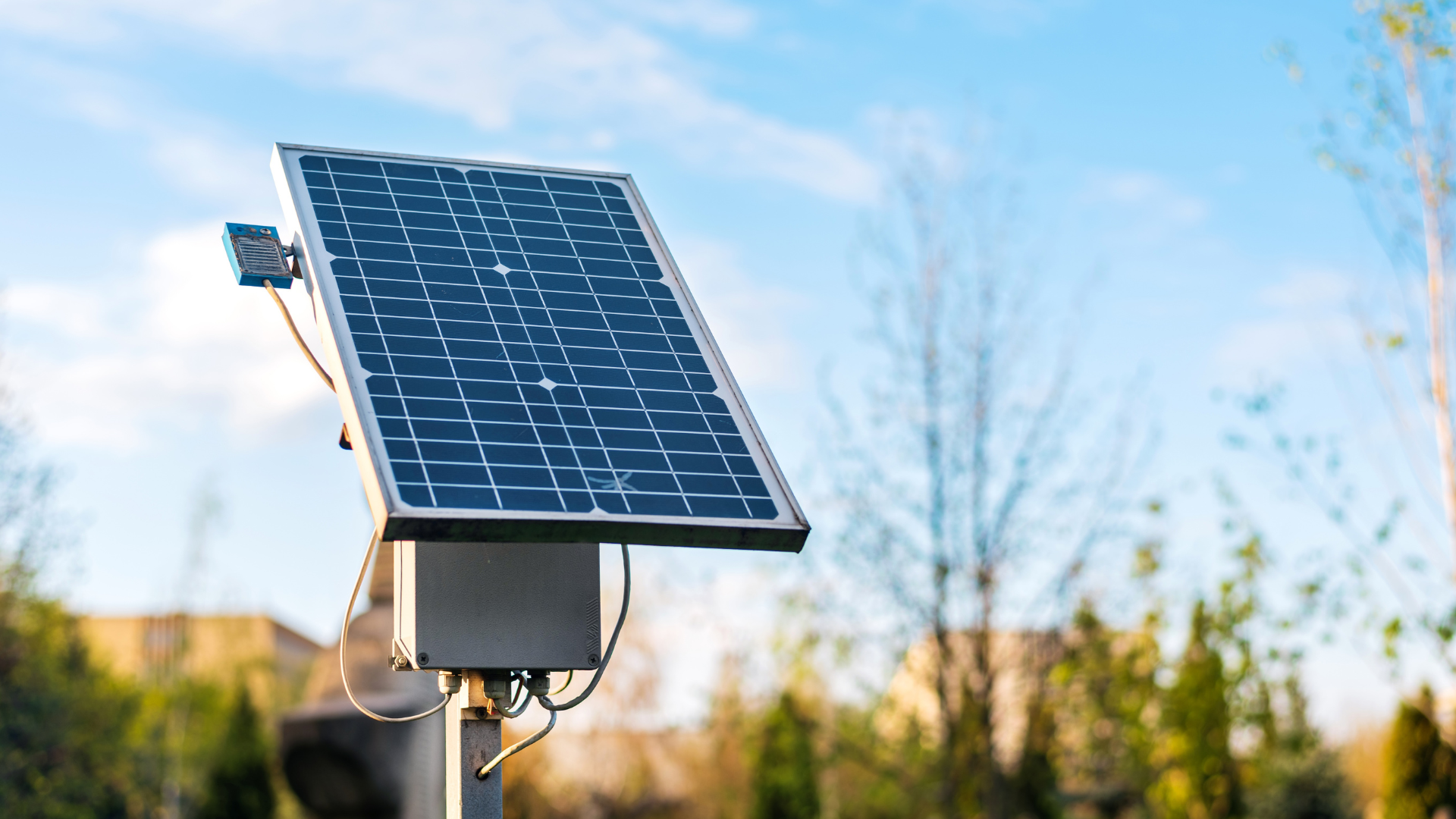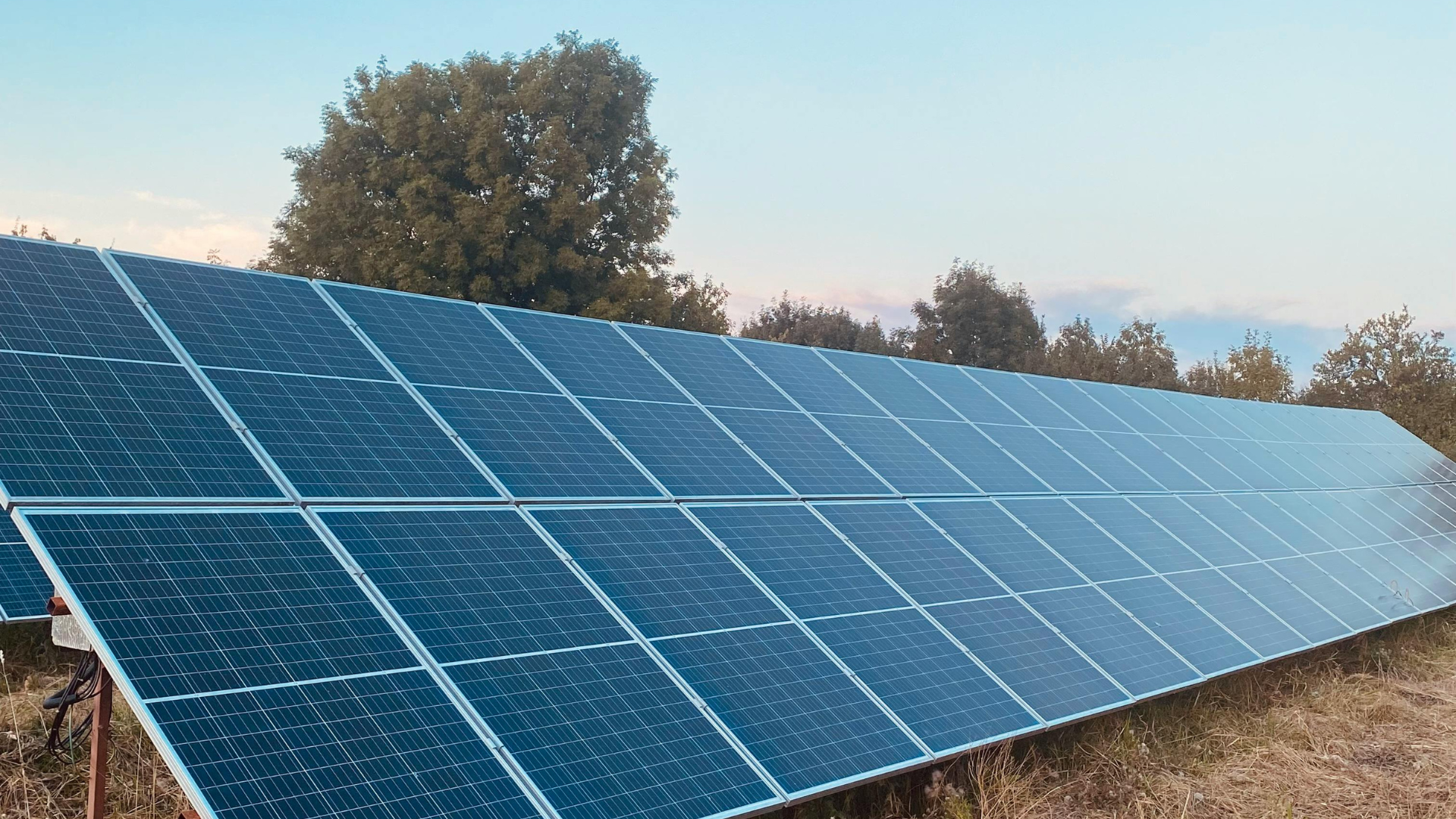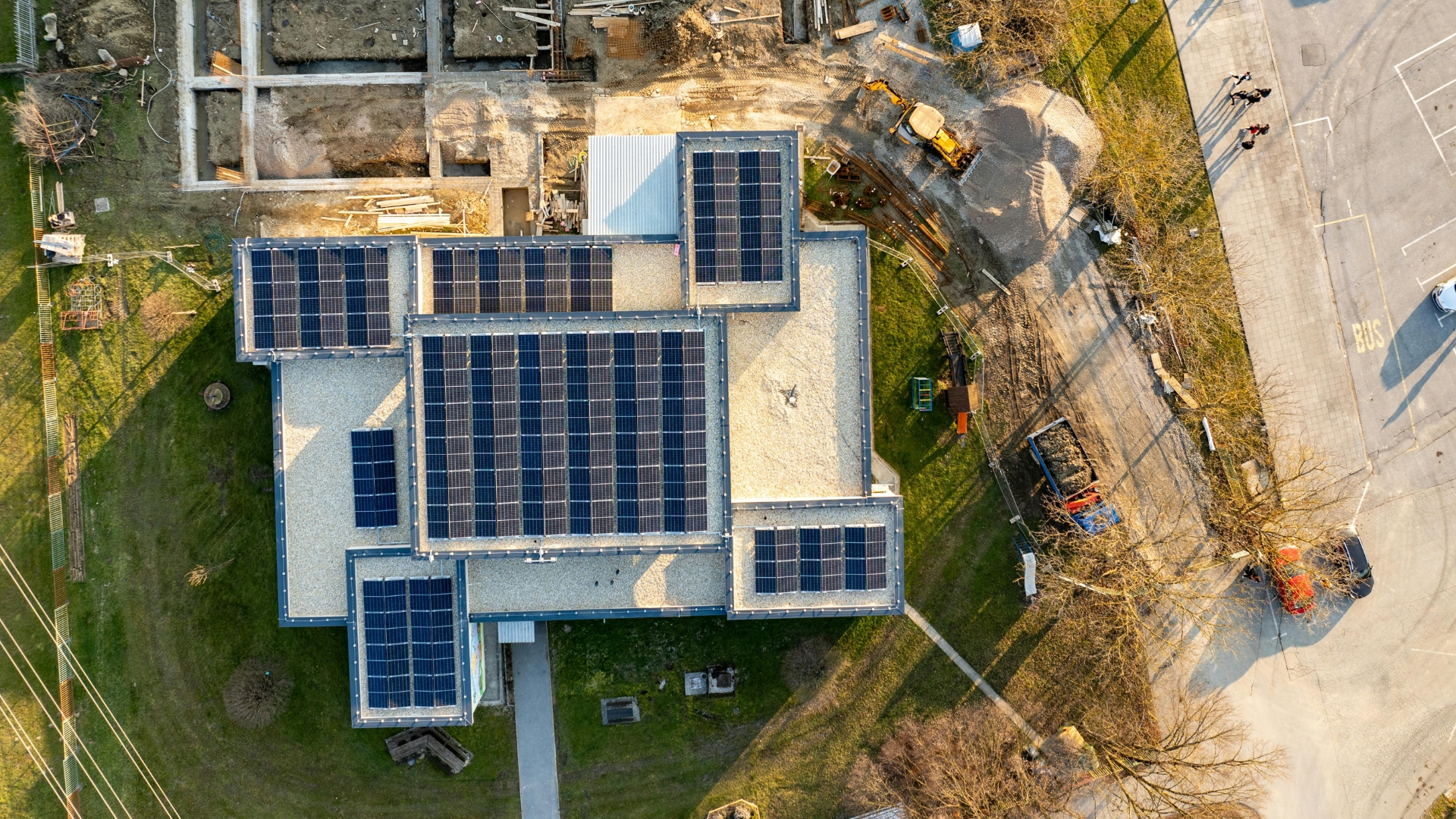January 20, 2022
As more and more people recognize the urgent need to switch to renewable energy, homeowners are asking themselves: "How many solar panels can fit on my roof?"
This question goes beyond curiosity; it's a practical consideration for those who want to embrace greener and more sustainable living.
Today, we will explore the factors that impact the number of solar panels you can have on your roof and help you make the best decision based on your specific circumstances.
Let's shed some light on this topic!
The Ultimate Guide to How Many Panels You Need For Your Roof
Wondering how many solar panels can fit on your roof? The answer depends on factors like roof size, panel wattage, shading, and your household’s energy needs.
In this guide, we’ll show you how to calculate roof capacity for solar, what tools you can use to estimate panel count, and how to balance energy production with your budget. Get clear, practical answers before investing in solar.
Key Takeaways
- Roof space matters most. Solar panels take up ~15 sq. ft., so your available roof area, plus obstructions like chimneys and vents, will determine how many panels fit.
- Your energy use drives system size; that is why reviewing electricity bills helps calculate how many panels you need to match or offset your household’s consumption.
- Efficiency and future needs count as higher-efficiency panels, and future appliances affect how many panels you should plan for today.
- Balance is key for installing too many panels, as this can raise costs, create inefficiencies, and complicate maintenance, making professional guidance essential.
How Many Solar Panels Can I Fit on My Roof?
When determining how many solar panels to fit on your roof, several factors come into play. The size of the solar panels and the available square footage on your roof are the primary considerations.
In general, solar panels are usually around 3 feet by 5 feet, which adds up to a total of 15 square feet per panel. To calculate the number of solar panels you can fit on your roof, you need to divide the available square footage of your roof by 15.
For example, if you have 450 square feet of available space on your roof, you could potentially install approximately 30 solar panels (450/15 = 30).
It's important to note that this calculation provides a rough estimate, and you should also consider other factors such as obstructions like chimneys or vents, shading from nearby trees or buildings, and any local regulations or restrictions that may affect solar panel placement.
To get a more accurate assessment of how many solar panels your roof can accommodate, it's advisable to work with certified solar installers who can provide personalized system designs based on satellite imagery and other relevant information.
These specialists can assess the specific characteristics of your roof and provide you with the most accurate estimates for the number of solar panels you can fit.
5 Factors to Consider When Calculating How Many Solar Panels You Need
When calculating how many solar panel installations you need for the generation of solar energy on your property, the following factors need to be considered:
#1 Electricity Bills
Calculate how much electricity you consumed in the last couple of months, which gives you a fair idea of how much energy you require monthly. The more energy you use, the more money you'll save by going solar and vice versa.
When you know how much energy is consumed by your household, you can decide how many more solar panels you are willing to install!
#2 Area of Roof Available for Solar Panels
Measure the area of the roof available for solar panels, since you cannot place panels wherever you wish. The more space you have, the more energy you produce, and you also save money.
There are tools that solar installation companies use, like Sunbase's Solar Proposal Software. This software can be used to calculate how many solar panels you can fit in your roof space.
#3 How Many Panels to Buy for Full Capacity Installation
When you know how much your energy consumption is and how much roof area is available for solar panels to be installed, you need to calculate how many solar panels you need to buy for a full-capacity solar energy system.
You can go about installing as many panels on your roof until it doesn't look like a solar farm, but it's not the most efficient way to do it.
The solar panels are connected in series, and when you connect them in parallel, you will double your total output. Determine how many panels you should buy by dividing the total wattage required for your home by the number of watts your panel can produce.
#4 Maintenance Costs
Solar panels are pretty durable, but solar panels degrade faster in some regions compared to others. For example, if your property receives more wind or dust than others, it is likely to degrade faster and hence might incur more maintenance costs.
Hence, the maintenance cost of your solar panels might make having more panels not the right move for you, and you should install fewer panels so that all the excess solar panels don't turn into lower efficiency panels and drain your pocket!
#5 Additional Appliances Which Solar Energy May Power In The Future
If you're thinking about buying electric cars or other appliances that will use solar energy as their primary source of power, then having more than the required solar panels on your roof space will turn out to be a great decision!
Must read: The Importance of Solar System Design in Maximizing Energy Output
How Much Solar Energy Can My Roof Generate?
The amount of solar energy your roof can generate depends on several factors, including the size of your roof, the orientation and tilt angle of the panels, the efficiency of the solar panels, and the local climate and sunlight conditions.
To determine the potential solar energy generation, you need to consider the following:
1. Roof Size:
The available space on your roof will determine how many solar panels you can install. The more panels you can fit, the more solar energy your roof can generate.
2. Orientation and Tilt:
The optimal orientation for solar panels is south-facing, as it allows for maximum sunlight exposure throughout the day. The tilt angle should be adjusted based on your latitude to capture the most sunlight.
3. Efficiency of Solar Panels:
Solar panel efficiency refers to how effectively they convert sunlight into electricity. Higher-efficiency panels can generate more energy in the same amount of space.
4. Climate and Sunlight Conditions:
The amount of sunlight your roof receives depends on your location and local weather patterns. Regions with more sunlight will generate more solar energy.
When you install solar panels on your roof, you can harness the sun's power and generate clean, renewable energy for your home or business. A solar panel installation can significantly reduce your reliance on traditional energy sources and help you save on electricity bills while contributing to a more sustainable future.
Read our blog to Estimate Your Solar Design’s Energy Output in Real Time.
Can You Have Too Many Solar Panels?
A lot of people have a hard time wrapping their heads around the concept that it's possible to have too many PV panels. This is especially the case when you have a 4kW system and want to add another 2kW or more of solar capacity.
The going line of thought goes "It's free sunlight, right? So why would I not try to capture as much of it as possible?"
To better understand this question, we'll look at some key considerations that are often overlooked when evaluating the installation of solar panels.
1. System Balance Point
The balance point of a solar system is defined as the point at which there is enough solar power being generated to offset all of the loads in an average day. This number varies, but for most systems, it falls between 3 and 6 kW worth of solar power production capacity.
Beyond that, your system will produce more electricity than you use, meaning that during sunny periods, some or all of that power will be sent back into the grid as unusable energy (not suitable for our electric bill).
2. Wiring
If you've already got a 4kW system installed with proper wire sizing per NEC standards, adding another 2kW or even 1kW is typically plug-and-play. The problem arises when you attempt to add more than that or haven't properly planned your installation from the outset.
When doing a power upgrade to your solar system, it's always best to have a qualified electrician ensure that there is adequate wire sizing within the circuit making up your solar array. If you plan on adding a lot of panels down the road, don't forget about string voltage drop, too.
3. Long Runs
Additional solar panels come with an increased risk of voltage drop due to length and/or wire size. If you're using a string inverter, the maximum recommended distance between any two points in your array is 48 feet before you start seeing a significant voltage drop.
If you're considering an upgrade that requires additional wiring, the NEC states that the allowable circuit conductor length is decreased by 5% for every 10 ft above 30.
Learn more in detail about: Solar Design: How to Choose the Right Panel Layout for Optimal Efficiency
Advantages of Solar Panel Installations
Having too many solar panels in your solar panel system can provide several advantages, ultimately leading to increased energy production and cost savings.
1. Enhanced Energy Production- The more solar panels you install, the more energy your solar array can generate. This means you can harness more of the sun's energy to power your home or business, reducing your reliance on traditional energy sources.
2. Offsetting Energy Usage- With a surplus of solar panels, you can generate enough solar power to cover your energy usage, especially during peak sunlight hours. This can significantly reduce your monthly electric bills and reliance on the grid.
3. Higher Energy Efficiency- Excess energy produced by your solar panel installations can be stored or sold back to the grid, further decreasing your utility bills and potentially earning you credits. This ensures that your solar investment remains cost-effective.
4. Increased Solar Potential- A surplus of solar panels also maximizes your solar potential. Different solar panels, along with factors such as available open roof space and estimated energy output, can help you optimize your system for peak sun hours.
5. Future-Proofing- Installing more solar panels than your current energy needs may seem like overkill, but it future-proofs your energy production. As your energy needs grow or if you acquire additional electric-powered appliances, having excess energy capacity ensures you're prepared.
What Are The Disadvantages Of Having Too Many Solar Panels?
While installing solar panels is a great way to harness solar energy and reduce your reliance on traditional power sources, there can be disadvantages to having too many solar panels:
1. Decreased Efficiency- A surplus of panels can lead to decreased energy efficiency, as fewer solar panels may be exposed to direct sunlight due to limited roof space. This could result in less energy production per square foot of your roof.
2. Diminished Usable Space- Installing too many solar panels can consume a significant portion of your roof, leaving limited space for other purposes. This may impact your ability to use your roof for recreational or storage purposes.
3. Increased Installation Costs- The cost of installing solar panels is directly related to the number of panels you install. Installing more panels than you need can lead to higher upfront expenses and a longer payback period.
4. Maintenance Challenges- A larger number of solar panels means more components to maintain and monitor. Keeping track of the performance of numerous panels can be challenging, potentially resulting in maintenance issues that go unnoticed.
5. Space Constraints- Roof shape and size can limit the number of panels you can install effectively. A roof with an irregular shape or limited square footage may not be able to accommodate a surplus of panels.
Conclusion
While it may seem like a good idea to add more solar down the road, many people forget about things like shading, which can make or break a project. Check out how much shade is cast around your house and be realistic about what you can add down the road.
If you plan to store your panels in a rack over the winter, ensure there's enough space for them. Don't let this discourage you from adding more solar panels, but be aware of these considerations before committing to a big upgrade.
Not all upgrades are created equal, and many times it's better to focus on other things like storage or backup power generation options instead. Last but not least, always consult a solar installation company before deciding how many solar panels you need to install on your roof space!
About Sunbase
Pitch perfect, every time. From design to deal, Sunbase makes it simple with an all-in-one solar solution that includes design, proposal, CRM, and project management tools!
To book your demo or an appointment, contact us here!
FAQ's
Q1. How do I calculate how many solar panels can fit on my roof?
Calculate your roof’s usable area, then divide that by the size of a typical solar panel (around 17.5 sq. ft.). Consider spacing, tilt, and obstructions like chimneys or vents. For precise results, use a solar roof sizing calculator or consult a professional solar installer.
Q2. What factors determine the number of solar panels my roof can hold?
When considering your solar options, think about the available roof space, panel size, and how efficient the panels are. The roof's tilt and direction, along with shading, also play a big role. For example, south-facing roofs with little shading can hold fewer but highly efficient panels, while smaller roofs might benefit from compact, high-efficiency choices.
Q3. How do panel size and efficiency affect the number of panels I can install?
Larger panels deliver more power but occupy more space, whereas smaller panels fit tighter areas but might need more units. High-efficiency panels produce more energy in less space, making them perfect for smaller or shaded roofs where maximizing output is essential.
I agree to receive marketing messaging from Sunbase at the phone number provided above. I understand data rates will apply, and can reply STOP to OPT OUT.

